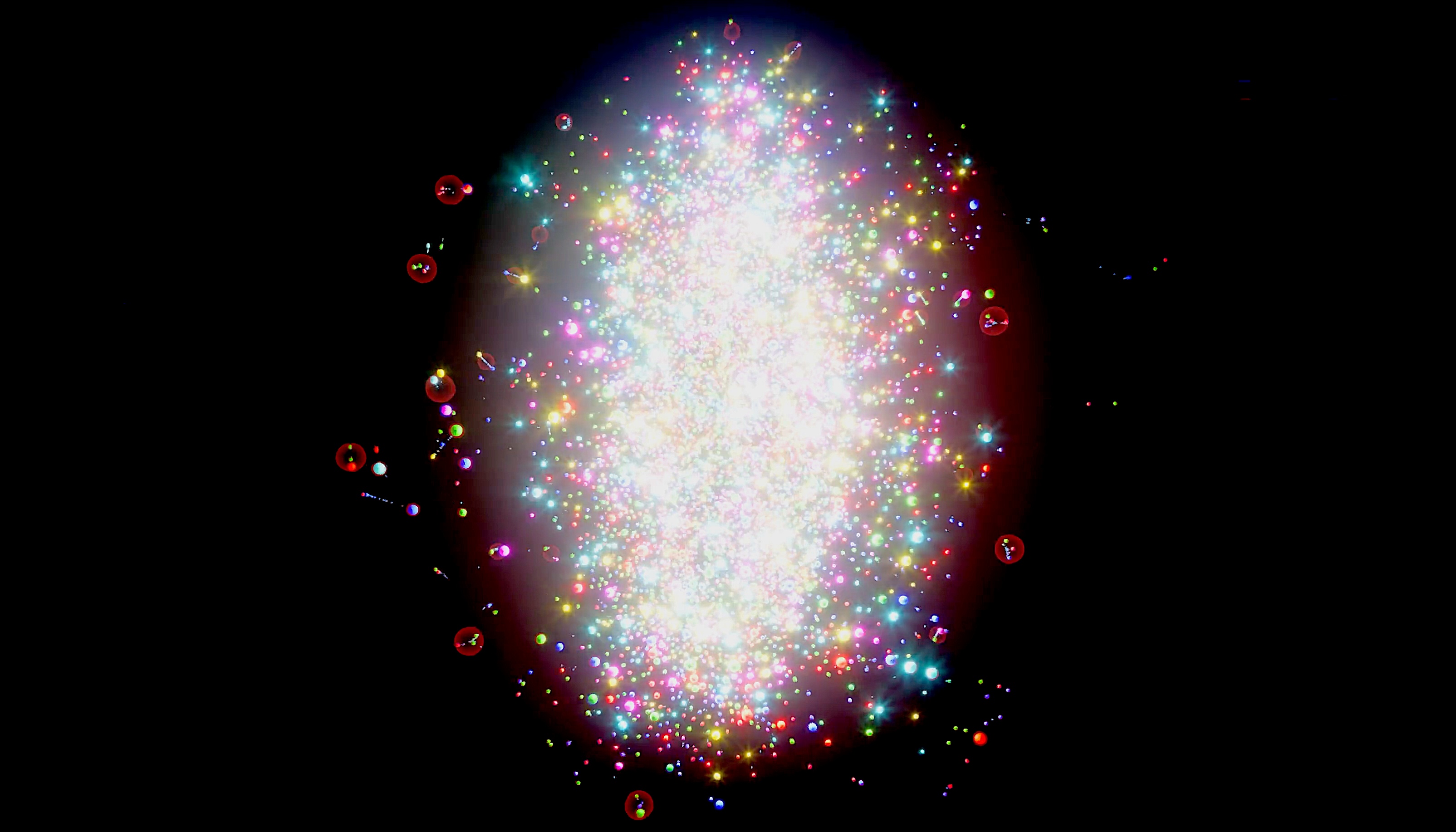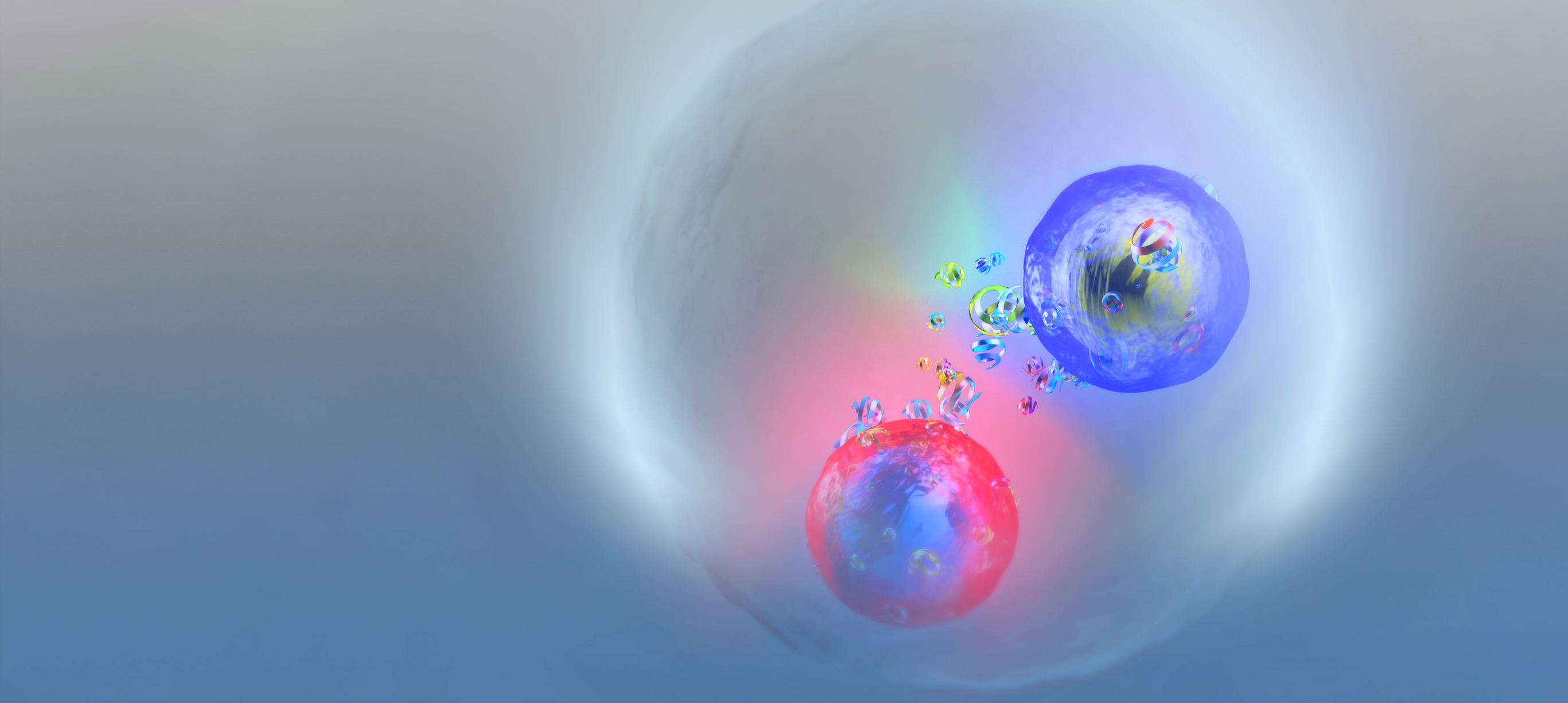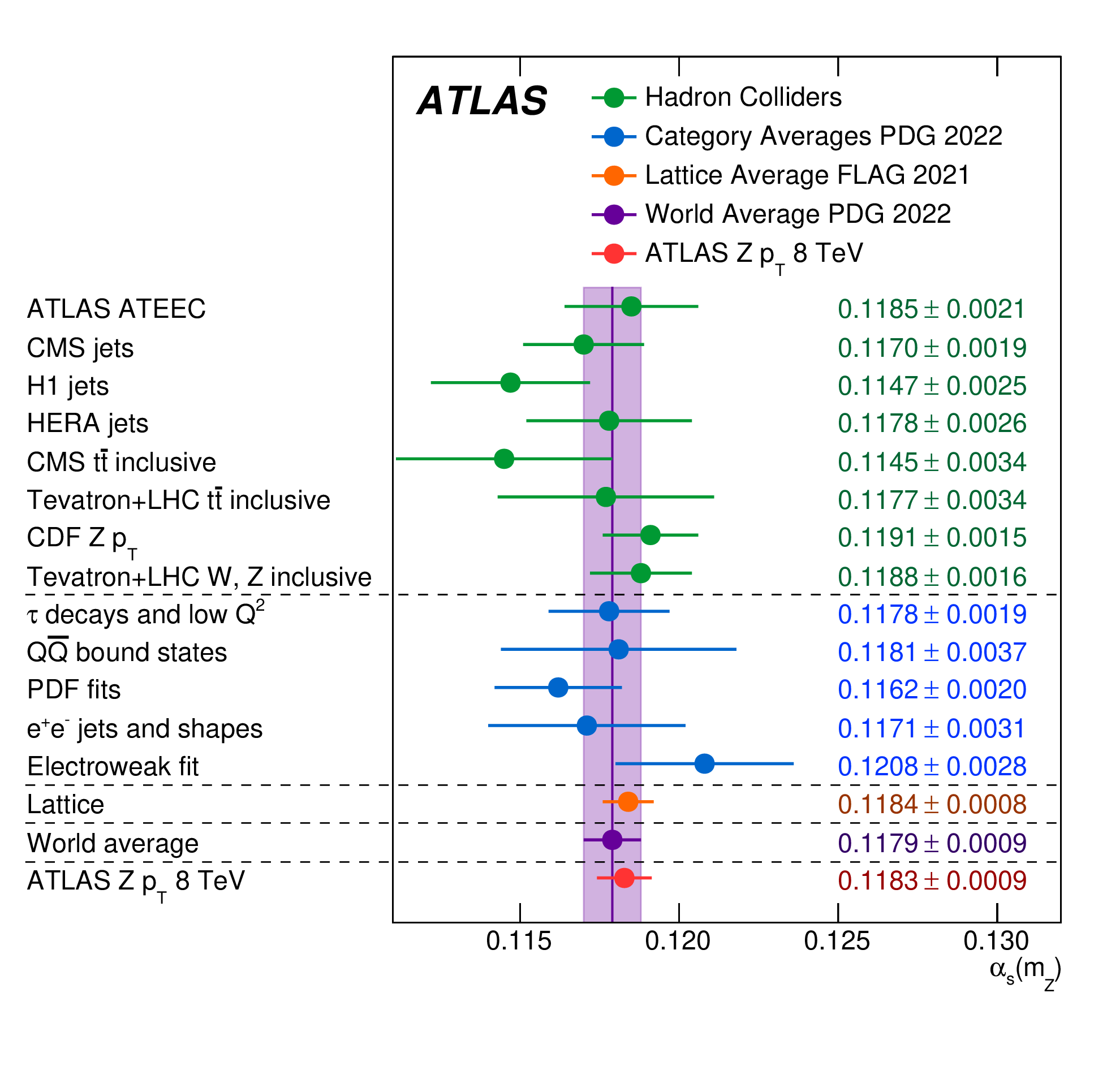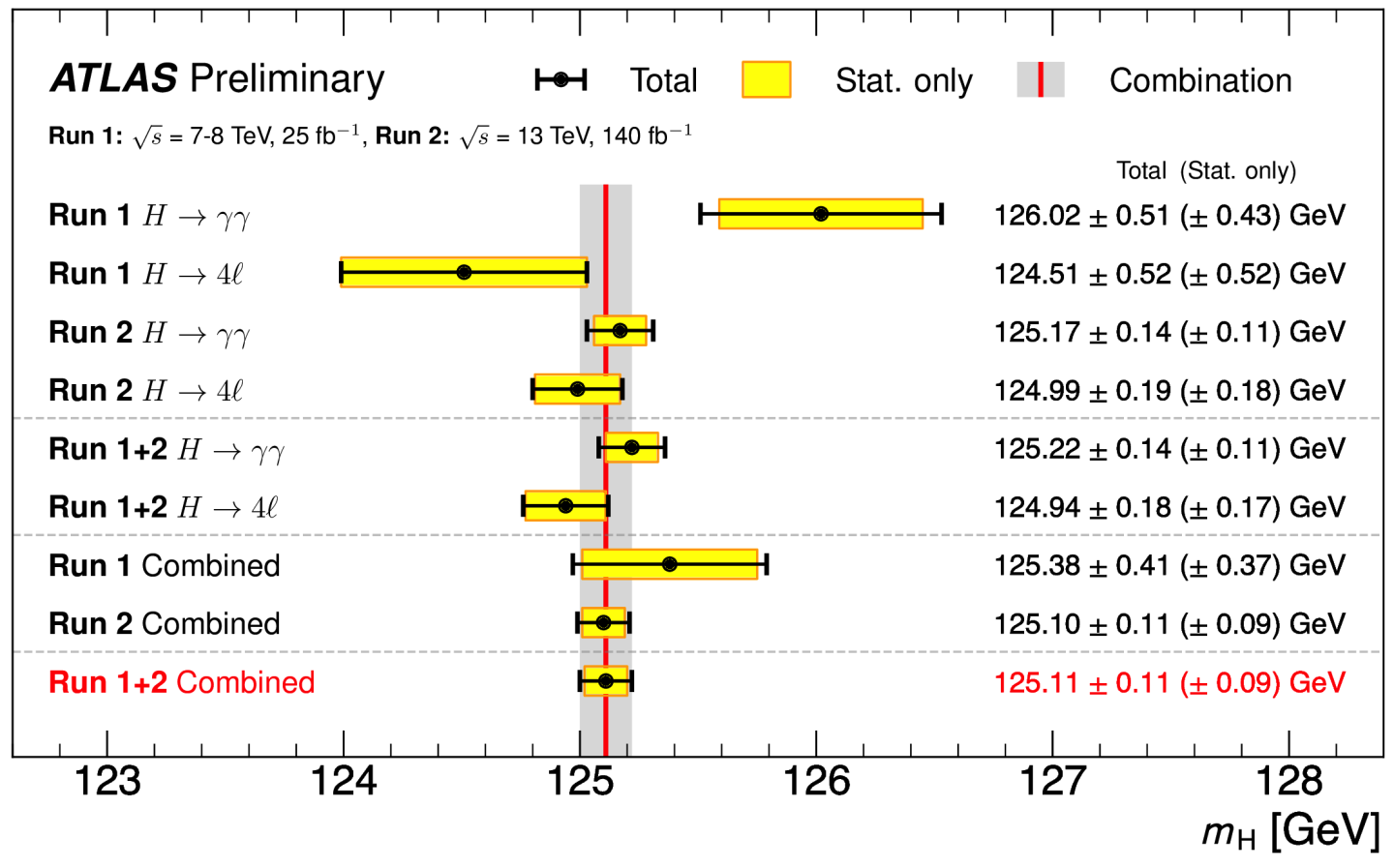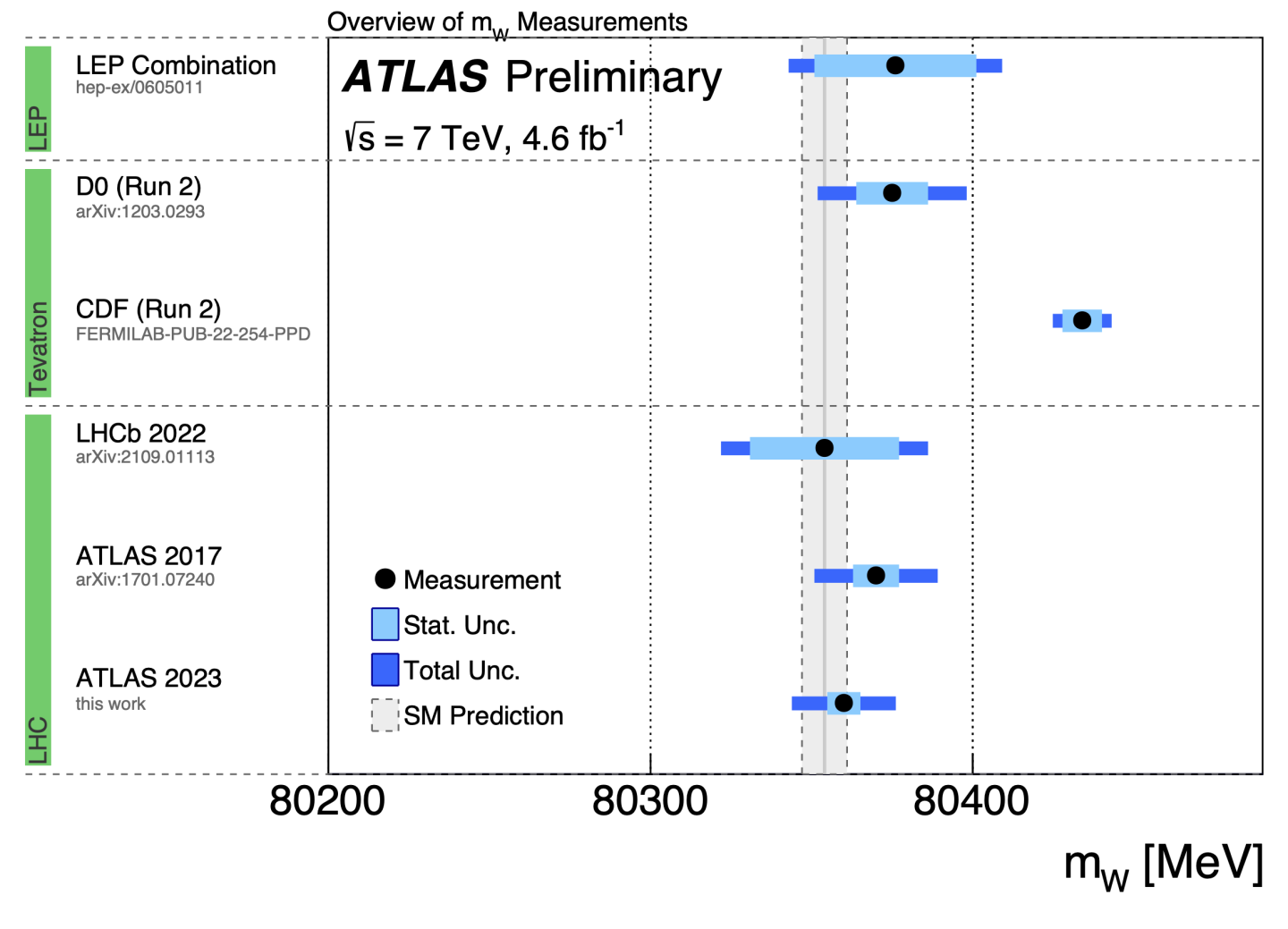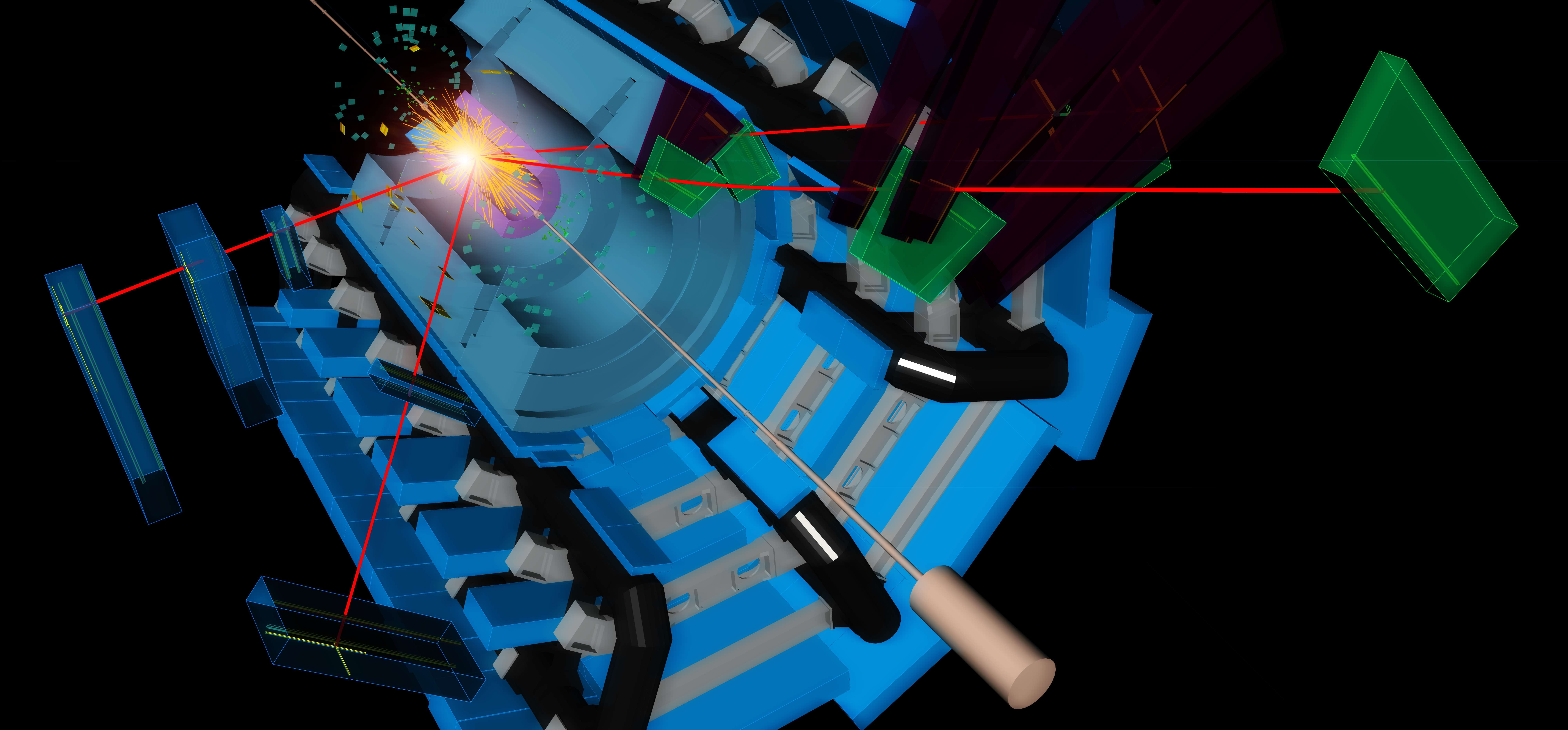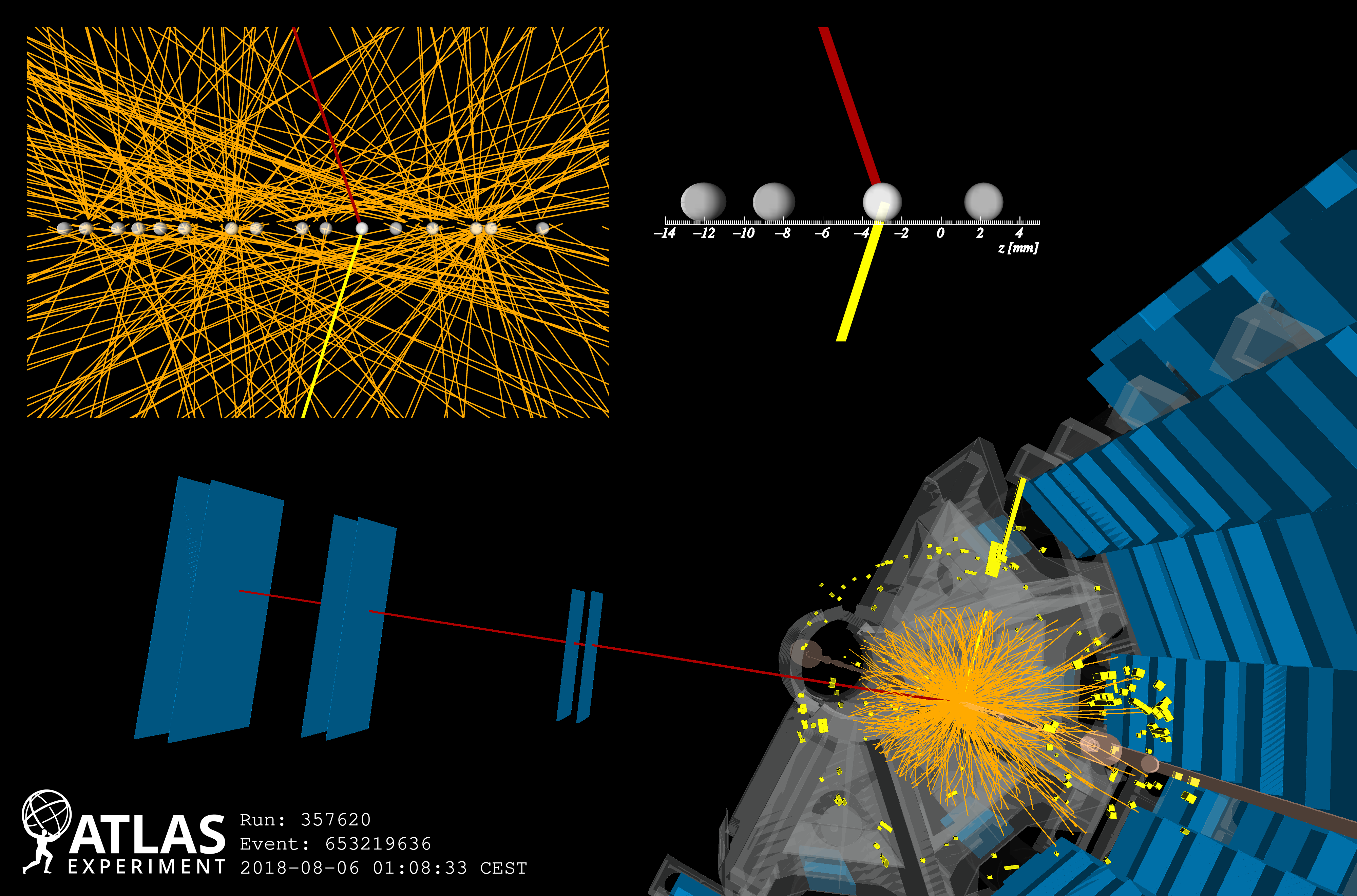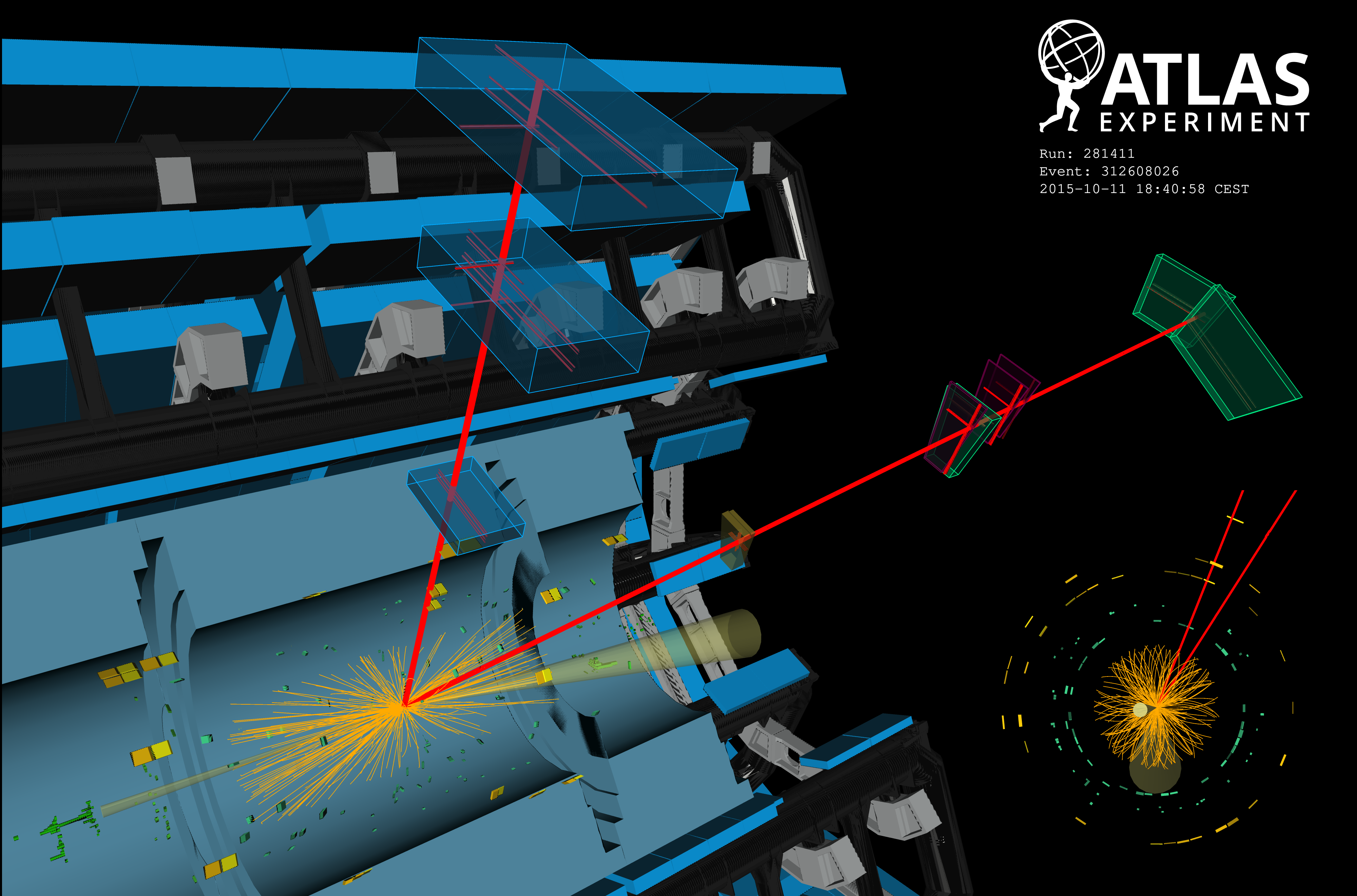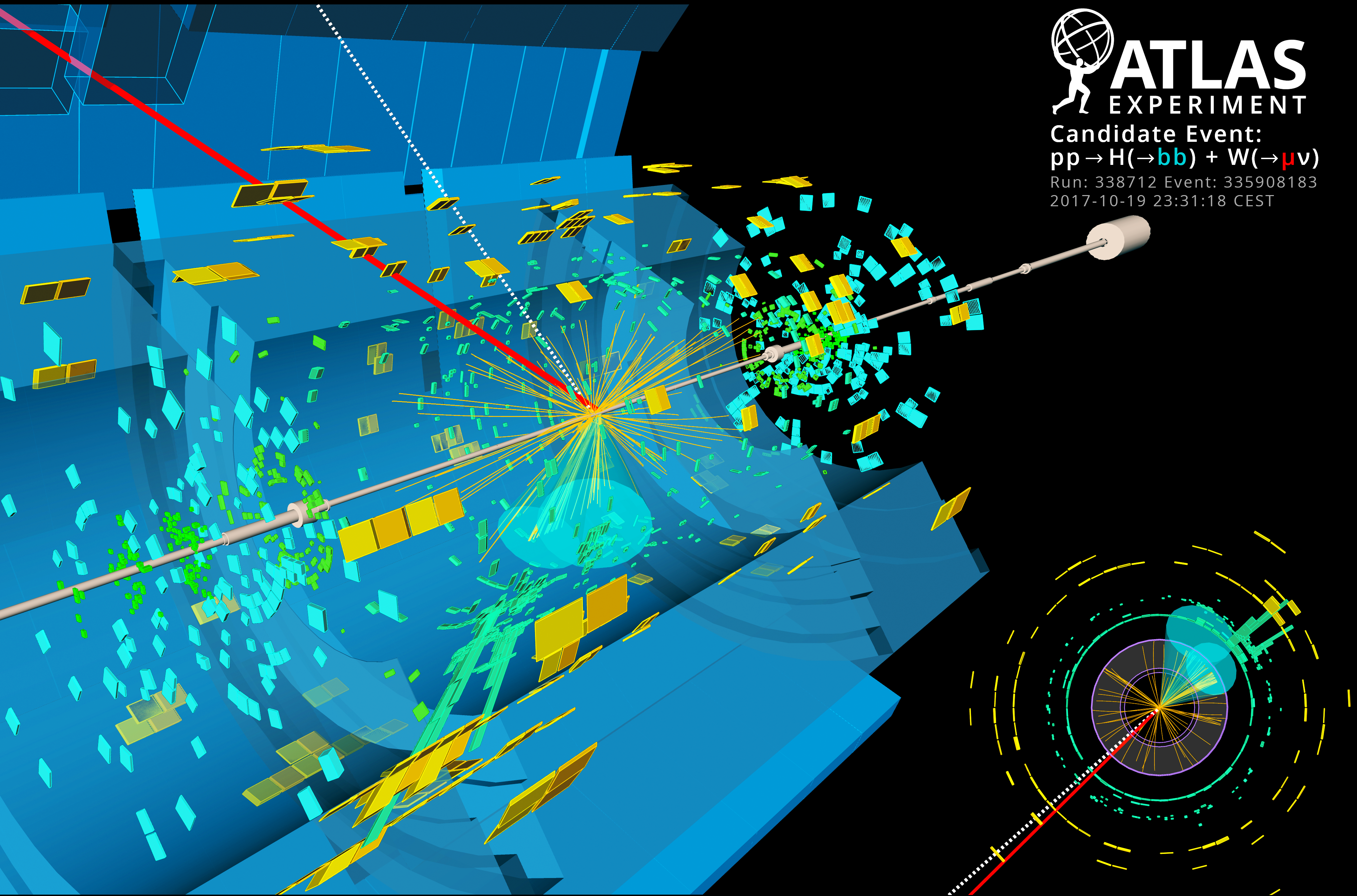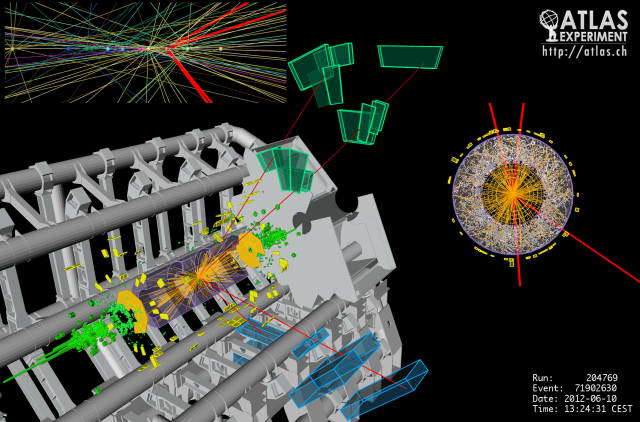Press Statements
Shape-shifting collisions probe secrets of early Universe
Elusive romance of top-quark pairs observed at the LHC
ATLAS gets under the hood of the Higgs mechanism
ATLAS Collaboration awarded Breakthrough Prize in Fundamental Physics
The LHC experiment collaborations at CERN receive Breakthrough Prize
LHC experiments at CERN observe quantum entanglement at the highest energy yet
ATLAS measures strength of the strong force with record precision
ATLAS sets record precision on Higgs boson’s mass
LHC experiments see first evidence of a rare Higgs boson decay
Improved ATLAS result weighs in on the W boson
ATLAS Experiment records “first physics” at new high-energy frontier
LHC Run 3 starts
10 years of Higgs research
Rare phenomenon observed by ATLAS features the LHC as a high-energy photon collider
During the International Conference on High-Energy Physics (ICHEP 2020), the ATLAS Collaboration presented the first observation of photon collisions producing pairs of W bosons, elementary particles that carry the weak force, one of the four fundamental forces. The result demonstrates a new way of using the LHC, namely as a high-energy photon collider directly probing electroweak interactions. It confirms one of the main predictions of electroweak theory – that force carriers can interact with themselves – and provides new ways to probe it.
CERN experiments announce first indications of a rare Higgs boson process
The ATLAS and CMS experiments at CERN announce new results which show that the Higgs boson decays into two muons. These new results have pivotal importance for fundamental physics because they indicate for the first time that the Higgs boson interacts with second-generation elementary particles.
ATLAS Experiment releases 13 TeV Open Data for Science Education
The ATLAS Collaboration at CERN has just released the first open dataset from the Large Hadron Collider’s (LHC) highest-energy run at 13 teraelectronvolts (TeV). The new release is specially developed for science education, underlining the Collaboration’s long-standing commitment to students and teachers using open-access ATLAS data and related tools.
ATLAS observes elusive Higgs boson decay to a pair of bottom quarks
The ATLAS Collaboration at CERN’s Large Hadron Collider (LHC) has – at long last – observed the Higgs boson decaying into a pair of bottom (b) quarks. This elusive interaction is predicted to make up almost 60% of the Higgs boson decays and is thus primarily responsible for the Higgs natural width. Yet it took over six years after the 2012 discovery of the Higgs boson to accomplish this observation.
ATLAS observes direct interaction of Higgs boson with top quark
The ATLAS Collaboration at CERN has announced the observation of Higgs bosons produced together with a top-quark pair. Observing this extremely rare process is a significant milestone for the field of High-Energy Physics. It allows physicists to test critical parameters of the Higgs mechanism in the Standard Model of particle physics.
First high-precision measurement of the mass of the W boson at the LHC
In a paper published today in the European Physical Journal C, the ATLAS Collaboration reports the first high-precision measurement at the Large Hadron Collider (LHC) of the mass of the W boson. This is one of two elementary particles that mediate the weak interaction – one of the forces that govern the behaviour of matter in our universe. The reported result gives a value of 80370±19 MeV for the W mass, which is consistent with the expectation from the Standard Model of Particle Physics, the theory that describes known particles and their interactions.
ATLAS sees first direct evidence of light-by-light scattering at high energy
Physicists from the ATLAS experiment at CERN have found the first direct evidence of high energy light-by-light scattering, a very rare process in which two photons – particles of light – interact and change direction. The result, published today in Nature Physics, confirms one of the oldest predictions of quantum electrodynamics (QED).
ATLAS kicks off a new year at 13 TeV
Geneva, 23 May 2017. A new season of record-breaking kicked off today, as the ATLAS experiment began recording first data for physics of 2017. This will be the LHC’s third year colliding beams at an energy of 13 tera electron volts (TeV), allowing the ATLAS Experiment to continue to push the limits of physics.
Shedding new light on the Higgs
Today, at the Large Hadron Collider Physics conference (LHCP2015), the ATLAS and CMS collaborations presented the most precise measurements yet of Higgs boson properties. By combining Run 1 data from both experiments, the new measurements paint a clear picture of how the Higgs boson is produced, decays, and interacts with other particles.
ATLAS begins recording physics data at 13 TeV
Today ATLAS and other particle physics experiments at CERN's Large Hadron Collider (LHC) began recording physics data from 13 TeV proton collisions, which allow for precision studies of the Higgs boson and other Standard Model particles, as well as the search for new particles with higher masses. The new data will bring a deeper understanding of nature.
ATLAS is ready and waiting for collisions
The first long shutdown of the Large Hadron Collider has now ended, after two years of intense but careful activity refurbishing and improving many aspects of ATLAS, mirroring the work to prepare the LHC for collisions at the new energy of 13 TeV.
LHC experiments join forces to zoom in on the Higgs boson
Pagination
- Previous page
- Current page 1
- Page 2
- Next page

